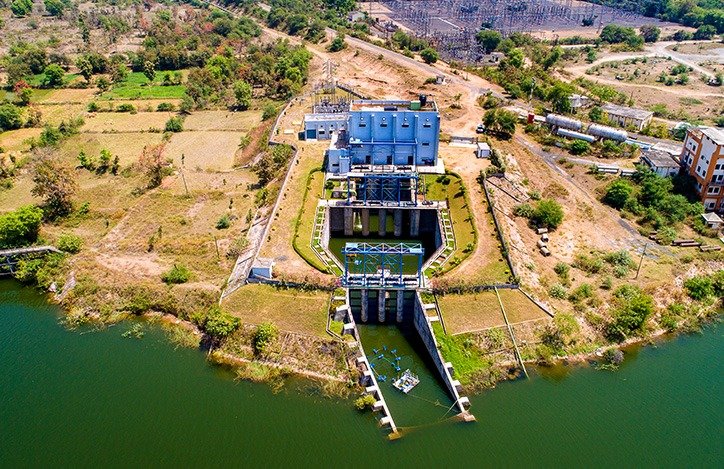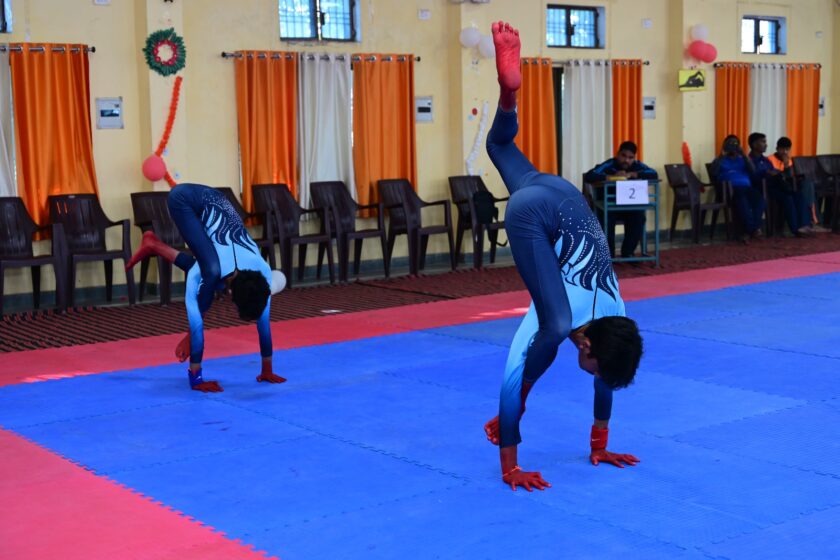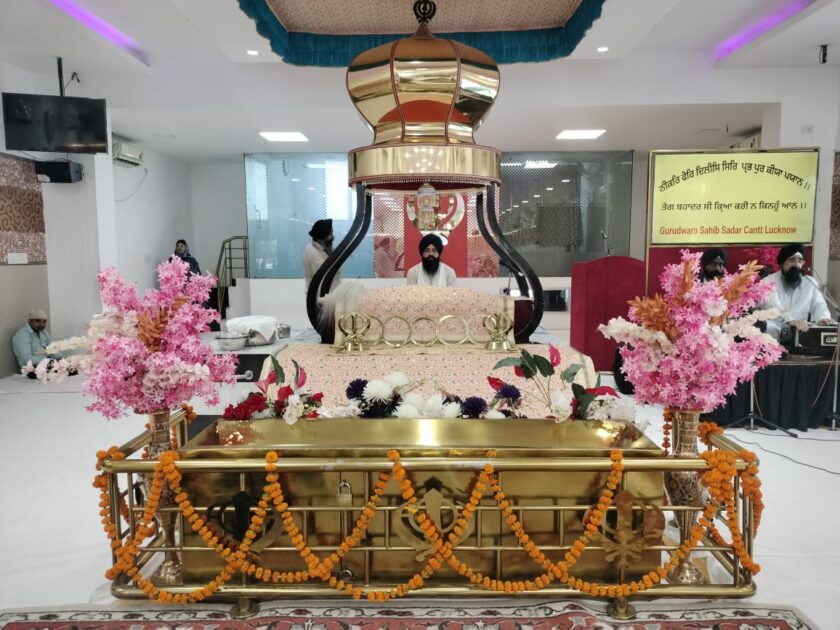Nestled amidst the arid terrain of Rajasthan, Lakheri is surrounded by farmland and villages. The town in Bundi district is situated about 180 km from state capital Jaipur, and crops like wheat, soybean and mustard are commonly grown here. Its residents rely on traditional methods of farming but in the recent years, the lack of timely rainfall has become a matter of concern.
The region gets about 638 mm of rainfall annually but lacks an efficient rainwater harvesting, water management and conservation system. As a result of this, the villages here face drinking water shortage during the summer. Over the years, several people have moved out to work as labourers at nearby brick kilns or to other parts of the country in search of a livelihood.
In Lakheri, the need for irrigation is not just a matter of convenience; it is needed for sustenance. Driven by the need for an efficient irrigation network to help farmers, the Adani Foundation worked closely with the local communities to build a facility in the Kankra Dungar and Utrana villages.
A tributary of the Chambal passes about 4 km from these villages, and a system has been set up to supply water from it to nearby farmland through underground PVC pipes. The project benefits nearly 500 farmer families in the villages, who have cultivable land in the ACC Lakheri Cement Project catchment area. In coordination with the local communities, village-level committees have been set up to take care of the operation, management, and maintenance of the irrigation system.
Earlier, more than 90% farmers grew a single crop every year – urad and soybean in the Kharif season. Barely 10% farmers cultivated in the Rabi season, growing crops like mustard, wheat, and gram.
After the new irrigation system was built, the situation has changed for the better. Now, many farmers have adopted a multi-crop model to increase their income and diversified crops across all seasons. And the results started showing soon enough. In the first year of its operation, additional crop cultivation was recorded and the average yield per hectare increased by 20%-30% due to the availability of water.
According to a local villager, in the very first year, he was able to produce 16 quintals of wheat and 14 quintals of mustard, whose market value was more than Rs 1 lakh.
The irrigation system has not only ensured a livelihood for farmers in the region but is also helping reduce the migration of locals in search of jobs. Truly, a win-win situation for all.






